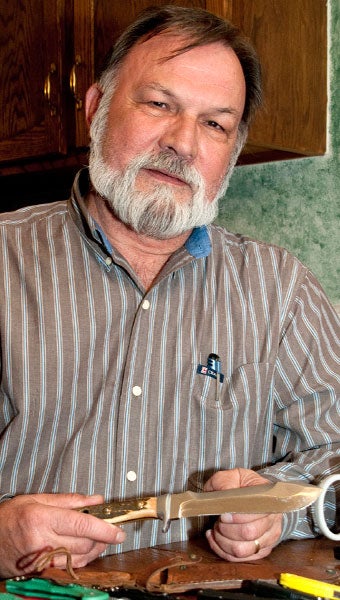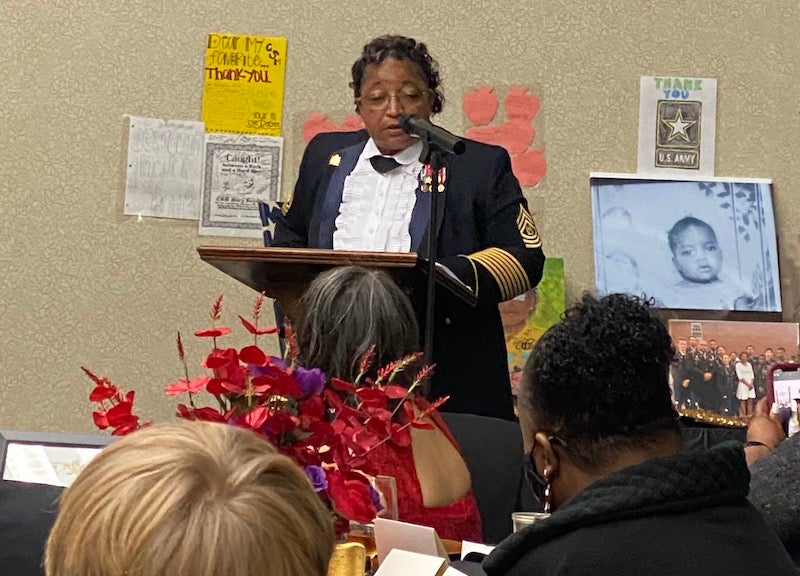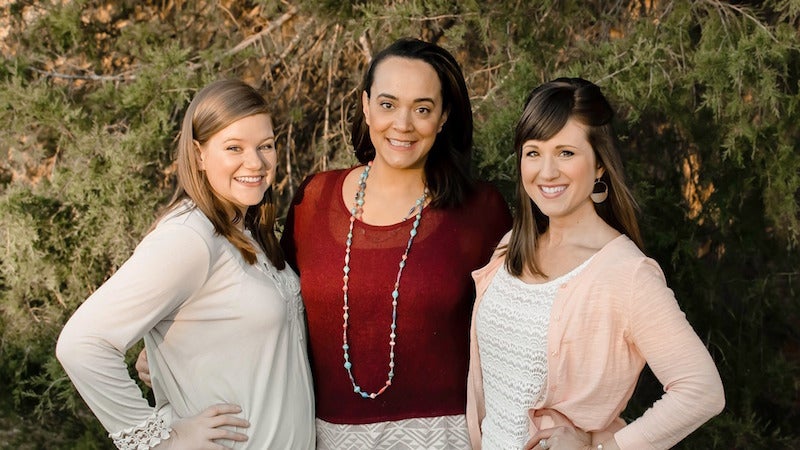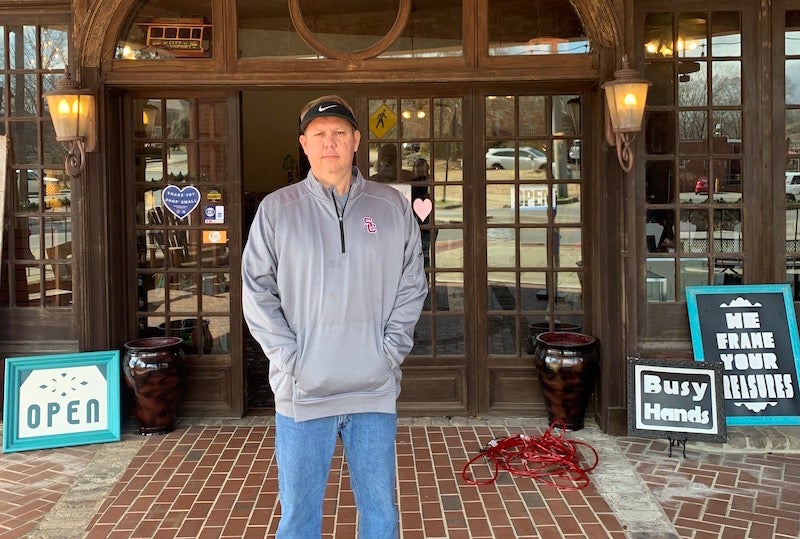Knives are things of beauty for Lobell
Published 1:53 pm Thursday, December 30, 2010
Not long ago, someone told me, “You should ask Maurice Lobell about his knife collection.”
That indeed proved a fruitful request, with Lobell taking them out of safety deposit box storage and educating me about blade styles and usage, peppered with some choice Cajun jokes and tales along the way.
In an impromptu Knife Appreciation 101, I learned knives are designed to cut or slice; a blade can be hollow-grind or flat-grind; what knurling is; that looking through a jeweler’s loupe at the edge of a knife can be a “Zen experience.”
Lobell, a special education teacher at Helena Intermediate School who came to Alabama some 10 years ago after marrying Helena Elementary School art teacher Alice Lobell, acquired his knowledge and appreciation as a boy in Louisiana from his father and uncle, both hunters and fishermen.
“My uncle was really more of a woodsman. He shared his passion for the outdoors and love of nature. We used to say that he was on a first name basis with all the animals.”
From them, Lobell learned to respect wildlife and to harvest only what is to be put to use.

Maurice Lobell’s holds the favorite knife in his collection — a White Hunter, worn in a leather shaft — which he has had since he was 18. (Contributed/Laura Brookhart)
Asserting that, “The best knife to have is the one that has the appropriate shape for your purpose,” Lobell went on to review examples of the brand names he deems collectible — Lone Wolfe, Kershaw, Spyderco, Knives of Alaska, Chris Reeve for kitchen cutlery, Al Mar, and every boy’s first knife, Swiss Army.
Speaking of production knives, Lobell points out that CAD/CAM technology has “brought a revolution and exploded design in the knife market.”
Lobell has traveled the Portland, Oregon, highway that is lined with knife stores such as Gerber and Benchmade. He has visited his share of knife shows, seen knives that sell for $300-$400 and up and met names such as Mike Skellern of South Africa, whose Boker-manufactured knives are named after the breed of dog they bring to mind.
“A good knife becomes an extension of your hand,” Lobell said. He has a Lile knife with a custom-made handle shaped from a clay imprint of his grip. Other examples have beautiful red stag handles. Giraffe bone is more rarely used.
His favorite is a White Hunter knife, Lobell said with evident sentiment, as it holds years of family memories — camping trips with his father, uncle and friends — growing up in the swamps and bayou.
Laura Brookhart can be reached by e-mail at labro16@yahoo.com.








